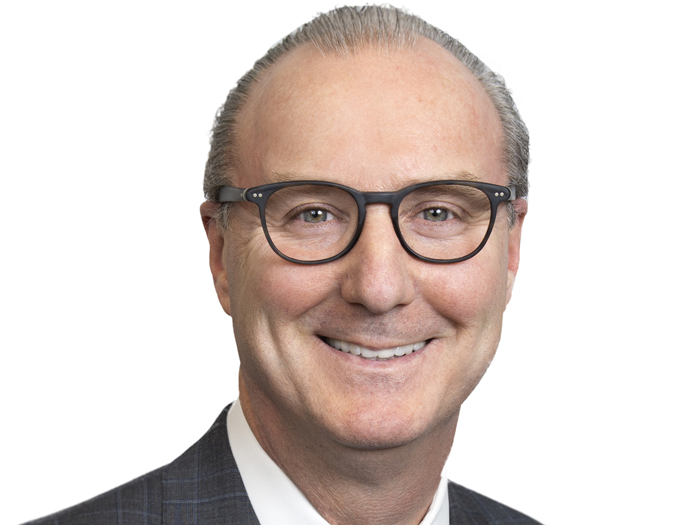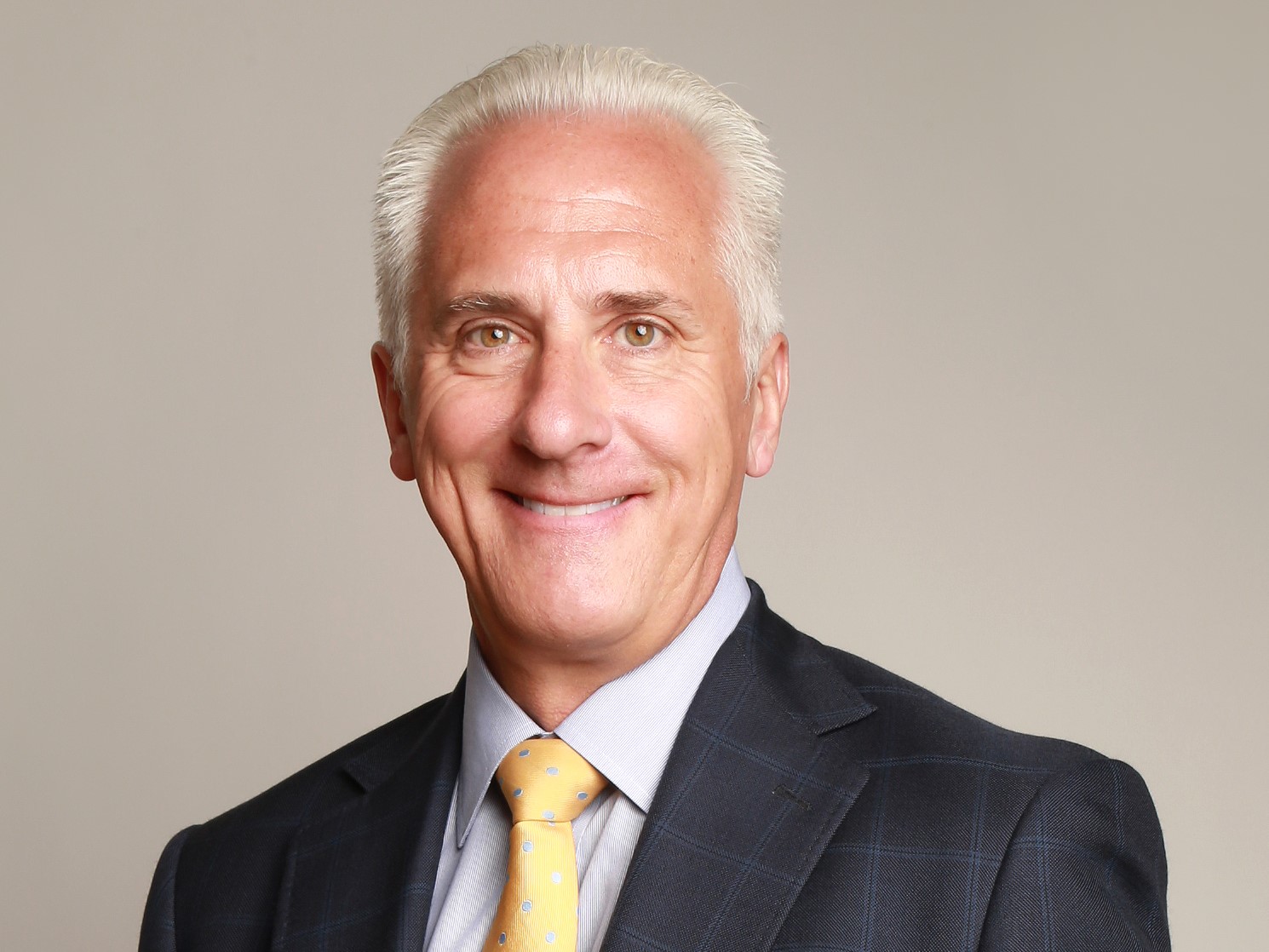6 Questions on Group Captives for AXA XL’s Chris Kopser

As president of primary casualty, American and global risk management insurance at AXA XL, Chris Kopser focuses much of his effort on group captives. Risk & Insurance spoke with him about how he got into the business, the work AXA XL does and the benefits of joining a group captive.
Risk & Insurance: How did you first get into the group captive business?
Chris Kopser: I have been in and around group captives for more than a decade, and my previous employer, AIG, began doing them years before I inherited the business through a reorganization.
By the time I left, it was about $400 to 500 million in gross written premium. It was a fairly sizeable operation.
When I went to AXA XL, I wanted to do the same thing and expand what they were already doing. Here, I have the good fortune to have great people around me that have the experience and passion for group captive business. A group captive is structured like a large-deductible loss-sensitive risk management program. This is something we do every day in our U.S. risk management operation.
We have all the resources and capabilities to do it well.
R&I: What lines do you cover, and how has the business evolved over the past 12 months, with the addition of seven captives and new investment?
CK: We have always focused on workers’ compensation as a mandatory line, and oftentimes, it’s combined with auto liability and general liability.
The majority of captive members put those three lines of coverage into their captive. Then, in terms of investment in our team, it’s about bringing together the people that know this business well and are great at delivering customer service.
When you are dealing with a large number of clients in a group captive, the last thing you want to do is let them down in terms of service. So having underwriters who intimately understand the business and leveraging other colleagues across the company to issue policies, get ratings done and deliver on all the other aspects of a group captive is invaluable.
R&I: Why does it make sense for a company to join a group captive?
CK: The typical group captive member is a guaranteed-cost buyer who has a better-than-average risk performance and loss history. A group captive provides them with the opportunity to align themselves with other like-minded insureds who have the same view on losses and loss prevention and control. They also want to take control of their own destiny as opposed to being left to the whims of the standard market, where carriers have to price according to what is happening to everyone else in the market.
So when companies join a group captive, they are looking to be rewarded for their better-than-average performance. In effect, with a group captive, they own a part of their own insurance company.
We act as a fronting carrier for the captive, which is a licensed reinsurance company. The captive and we have fully aligned interests. We both want to benefit from the better-than-market performance. Better-than-market performance translates to reserve surplus. The greater the surplus the captive creates, the more the members receive in dividends.
R&I: Why is the sharing of safety and loss control or prevention techniques so critical for captive owners and managers?
CK: No captive member wants to be the one that has suffered the big loss that is draining the captive’s reserves. So members are always keen to share best practices for what works best.
When a group captive starts, it usually does so with best-in-class member performance, and the group captive’s performance tends to improve over time as more loss control and prevention techniques are shared and deployed by the members. That is also very favorable for underwriters, which are always keen to take on a risk as it improves.
R&I: Why is it important for brokers, insurers, and captive owners and managers to work closely together on a group captive, and how does each party stand to benefit?
CK: From a broker’s perspective, when a company joins a group captive, it’s a long-term decision, so therefore the likelihood of retaining that business is quite high.
From a captive manager’s standpoint, they are able to safely place their business.
From an insurer’s point of view, group captives beneficially outperform standard business, which benefits the captive members. Additionally, the insurer can bring additional loss control and prevention techniques to the relationship, such as telematics, wearable technology or computer vision. These technologies help their clients further reduce losses and assist them in their sustainability efforts. That in turn helps to further improve the risk.
Group captives used to be perceived as an alternative market and a bit of an outlier to standard insurance, but it has matured significantly. Group captives are currently an $8 to 10 billion gross written premium business. It is expected to grow, largely because of the dislocation of standard market pricing.
From an efficiency standpoint, it’s also a better way for us to do business because the captive managers and intermediaries are responsible for producing new captives and captive members.
R&I: What is your projection for the future of group captives?
CK: This group captive business is something that has taken roughly 30 years to get to this point. It’s a business that will continue to grow, and it aligns all the interests of the parties that are involved in it, so it couldn’t be a better setup.
As far as AXA XL is concerned, it really ties in nicely with our thoughts about reducing losses in traditional and nontraditional ways. We are going to continue to work on traditional loss control and prevention programs, but we firmly believe that technology is going to provide the industry with the next significant reduction in premiums and costs. &










